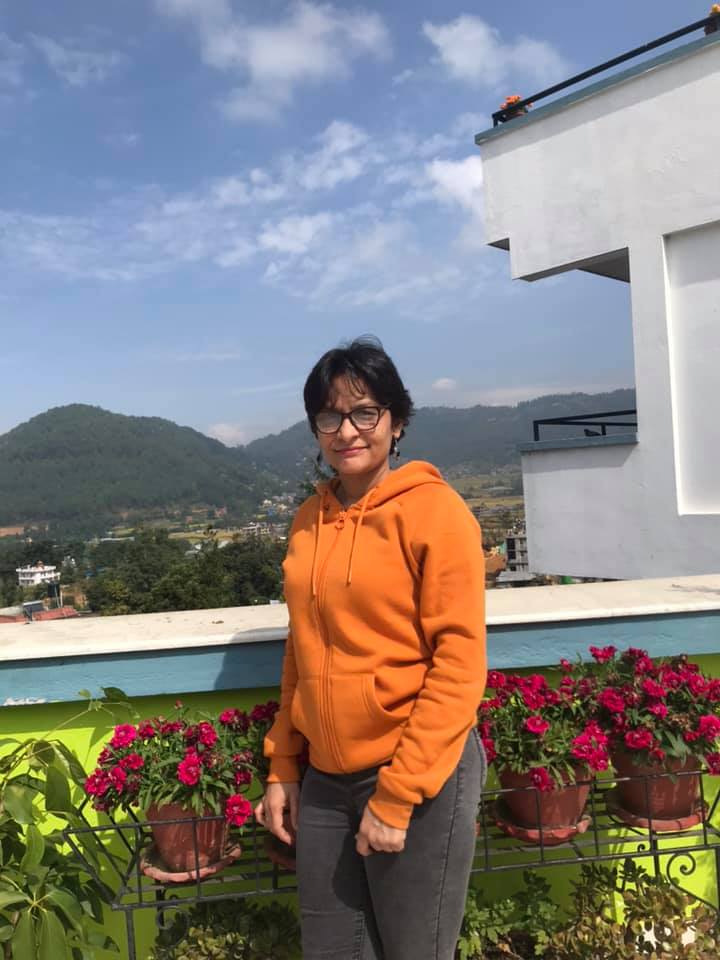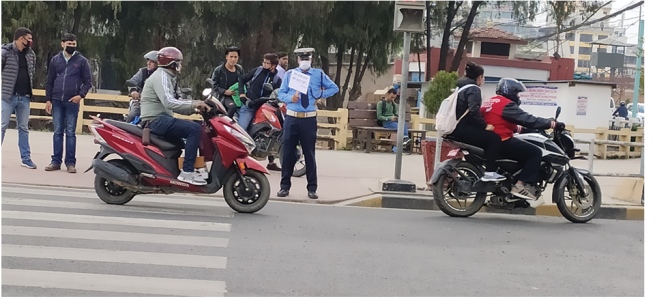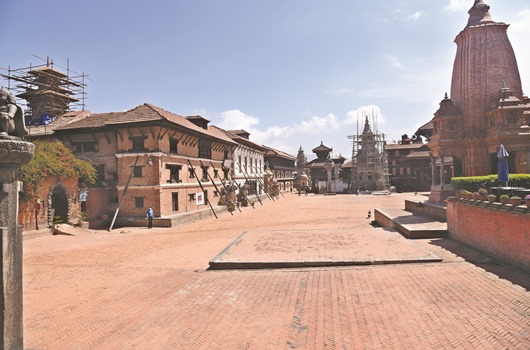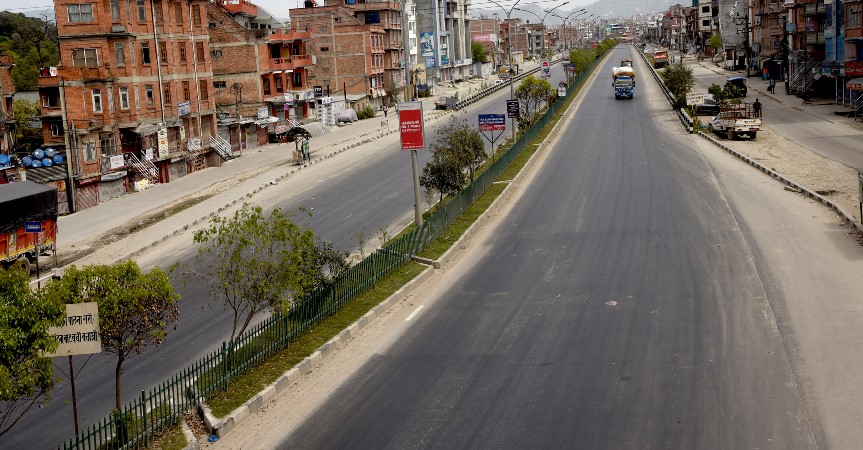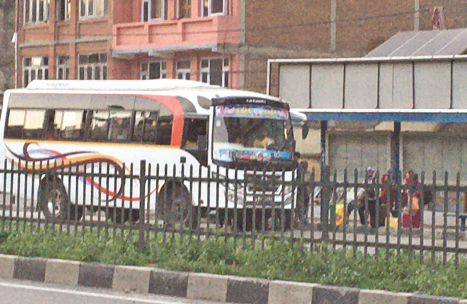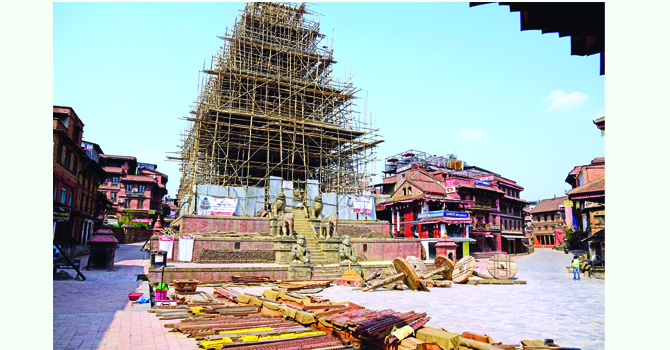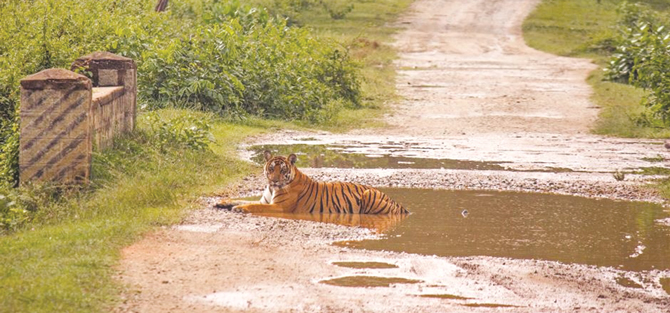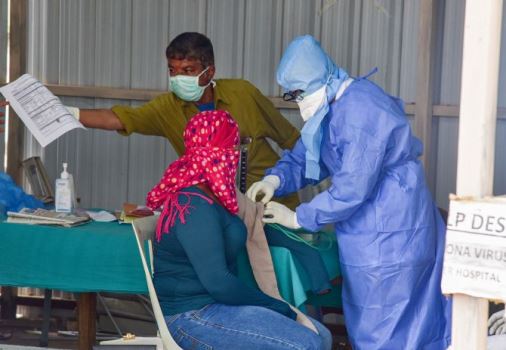Kathmandu records worst air pollution level

By Indira Aryal
Kathmandu, Jan. 6: Air pollution in Kathmandu Valley reached the highest among the cities across the world on Monday and Tuesday, adding more risk particularly to people with Chronic Obstructive Pulmonary Disease (COPD), asthma and COVID-19 infections as well as people with respiratory problems.
The air in Kathmandu Valley has been found to be most polluted for the first time after the installation of Real-Time Air Quality Index (AQI) in 2016, said Indu Bikram Joshi, Acting Director-General of the Department of Environment under the Ministry of Forest and Environment.
The AQI record crossed 400 on Tuesday within Ratna Park area, which is the most hazardous, the Department of Environment said.
In previous years, the air quality index used to be limited to 190 during winter.
He said that the air was still polluted on Tuesday. The department has also issued a press release altering people not to move outside in the morning and evening without any purpose. The statement asked older people with chronic diseases, including respiratory problem like asthma, cough and COPD to stay indoors.
Joshi said air pollution was high in Biratnagar and Nepalgunj after Kathmandu, with over 300 AQI in both cities Monday and Tuesday. The risk of air pollution due to open and waste burning is high during the winter as people often make a fire or burn waste to escape the cold, he said. The government has asked people to stop burning in the open to help control air pollution.
Due to COVID-19, most of the industries, schools and factories remain closed, but the AQI crossing 300 is unbelievable, Joshi said. He also urged people to wear a mask when going out of home.
According to Bhupendra Das, Air Quality Specialist at Nepal Energy and Environment Development Services (NEEDS), a non-government organization, the temperature would be trapped during the winter season and dust particles remain suspended in the air, which causes more hazards to the environment.
Winter inversion (layer of cold air trapping warm air), vehicular emission, open burning, and cross-border industrial pollution are the main causes of the pollution in Kathmandu, Das said.
“There should be controls in vehicular movement, industries like brick kilns should embrace clean technology and open burning should be stopped to minimize air pollution in the Valley,” he said.
Joshi said that the government has also issued Kathmandu Valley Air Quality Management Action Plan-2020 to ensure the fundamental right of citizens to live in a clean and healthy environment. “The government has been working endlessly to improve the environment of the Valley and other parts of the country and it will surely improve,” he said.
The Action Plan has various objectives including controlling air pollution in the Valley, such as reduction of outdoor pollution generated or emitted by transport and construction sectors, reduction of indoor pollution, awareness-raising about the condition of air pollution, potential impact on public health, developing a decision support system for air quality management in an emergency situation.
The Action Plan also focuses on controlling vehicle emissions by encouraging electric vehicles, and taking steps to better manage construction activities, indoor pollution, industrial emissions, household and agricultural waste in an eco-friendly manner, ensuring environmentally sustainable transport system and awareness campaign.
According to “State of Global Air 2020” (SOGA 2020) report, Nepal is placed among the top 10 countries with the highest outdoor pollution (PM2.5 levels) in 2019.
Recent News

Do not make expressions casting dout on election: EC
14 Apr, 2022
CM Bhatta says may New Year 2079 BS inspire positive thinking
14 Apr, 2022
Three new cases, 44 recoveries in 24 hours
14 Apr, 2022
689 climbers of 84 teams so far acquire permits for climbing various peaks this spring season
14 Apr, 2022
How the rising cost of living crisis is impacting Nepal
14 Apr, 2022
US military confirms an interstellar meteor collided with Earth
14 Apr, 2022
Valneva Covid vaccine approved for use in UK
14 Apr, 2022
Chair Prachanda highlights need of unity among Maoist, Communist forces
14 Apr, 2022
Ranbir Kapoor and Alia Bhatt: Bollywood toasts star couple on wedding
14 Apr, 2022
President Bhandari confers decorations (Photo Feature)
14 Apr, 2022
